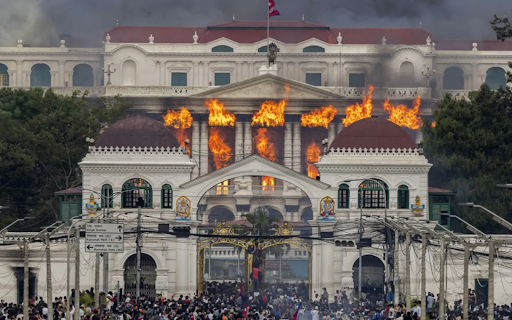The Nepalese government’s attempt to impose an information blackout by banning social media has failed spectacularly. Instead of controlling the narrative, the ban simply moved the conversation onto the streets, where the protests themselves became a viral story of defiance, amplified globally by the very media the government sought to suppress.
The strategy was fundamentally flawed from the outset. In a globally connected world, it is nearly impossible to completely block the flow of information. While the ban may have inconvenienced users, many likely found ways around it using VPNs. More importantly, the news of the ban and the subsequent protests were immediately picked up by international news outlets and diaspora communities, ensuring the story got out.
The government’s use of deadly force was the ultimate undoing of its information strategy. The killing of 19 people is a major news event that cannot be contained. The story of the crackdown became the dominant narrative, making the government look both brutal and incompetent. The dramatic events on the ground provided far more powerful content than any TikTok video could.
In the end, the government’s actions created a classic Streisand effect: its attempt to suppress information only made that information more widespread and damaging to itself. The failed information blackout serves as a powerful lesson that in the 21st century, transparency and engagement are far more effective tools of governance than censorship and control.
Nepal’s Information Blackout Fails as Street Protests Go Viral
19

